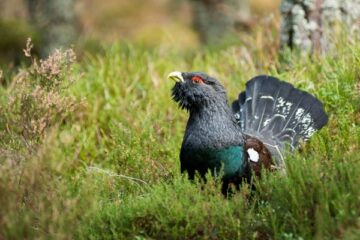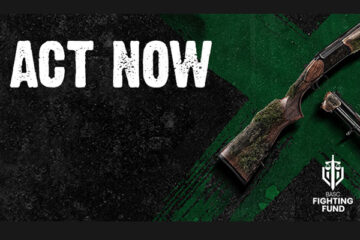A ‘hardened’ approach is needed for deer population management in Scotland including higher cull targets and more rural stalking jobs, a report published this week claims.
The report, published by Scottish Environment LINK – an alliance of organisations involved in land management, conservation, recreation, communities and culture – also calls for increased public participation in recreational stalking and reduced use of deer fences.
The publication comes ahead of an official Scottish Government-commissioned review of deer management which is due to be published soon.
BASC welcomes some of the recommendations in the Scottish Environment LINK report and said that many of the outlined steps are already in motion.
But BASC Scotland director Dr Colin Shedden urged caution, saying that some of the recommendations were slightly confused and misinformed.
Dr Shedden said: “This report contains a series of mixed recommendations. BASC has been a long standing advocate of increasing public participation in deer stalking and we are supportive of the recommendation set out by Scottish Environment LINK in principle.
“The report draws much inspiration from the Norwegian deer management model, where 10 per cent of the population (500,000) are registered hunters. In stark contrast, there are fewer than 26,000 individuals in Scotland with legal access to rifles to cull deer – less than 0.5 per cent of the population. The Scottish and Norwegian systems are distinctly different and it would be unwise to draw meaningful comparisons between the two.
“It takes much in the way of time, dedication and training for individuals to obtain the required skills and experience to manage deer populations properly, and it is unrealistic to assume that such a change could happen quickly. It is also worth noting that a significant proportion of lowland culling is already undertaken by recreational deer stalkers at their own cost. A recent study of an area in central Scotland showed that the vast majority of the 5,000-6,000 culled deer were shot by recreational stalkers. This shows that public participation in deer management is already high in some areas.
“The publication is also critical of the role that upland shooting estates play in the management of deer. Paying stalking clients from all over the world help to supplement the good work that is already undertaken by professional deer managers, while simultaneously making an important economic contribution to fragile, rural areas. Moreover, it is often the shooting estates that front the bill to employ professional deer managers. We argue that it is vital to maintain this contribution alongside increased public participation.”



